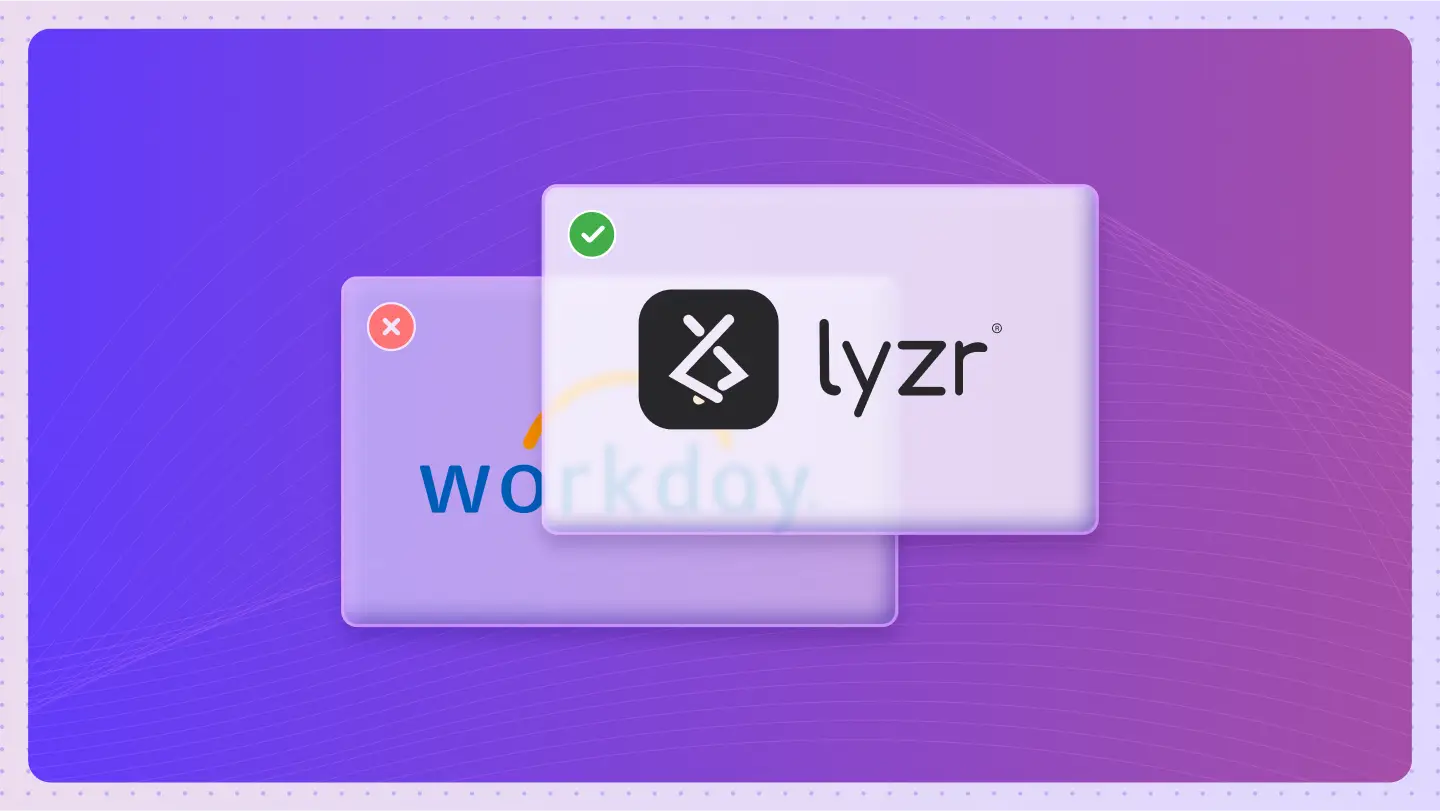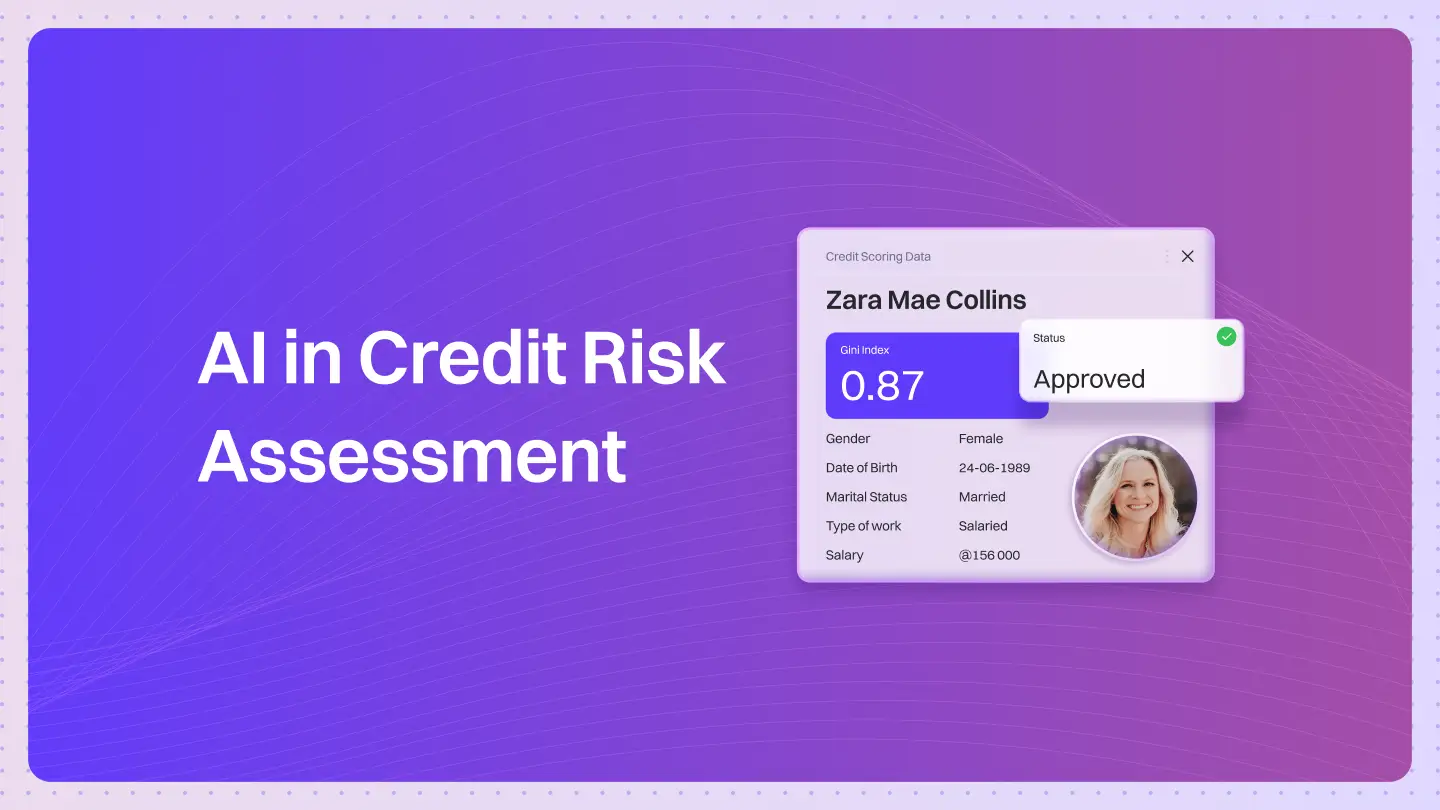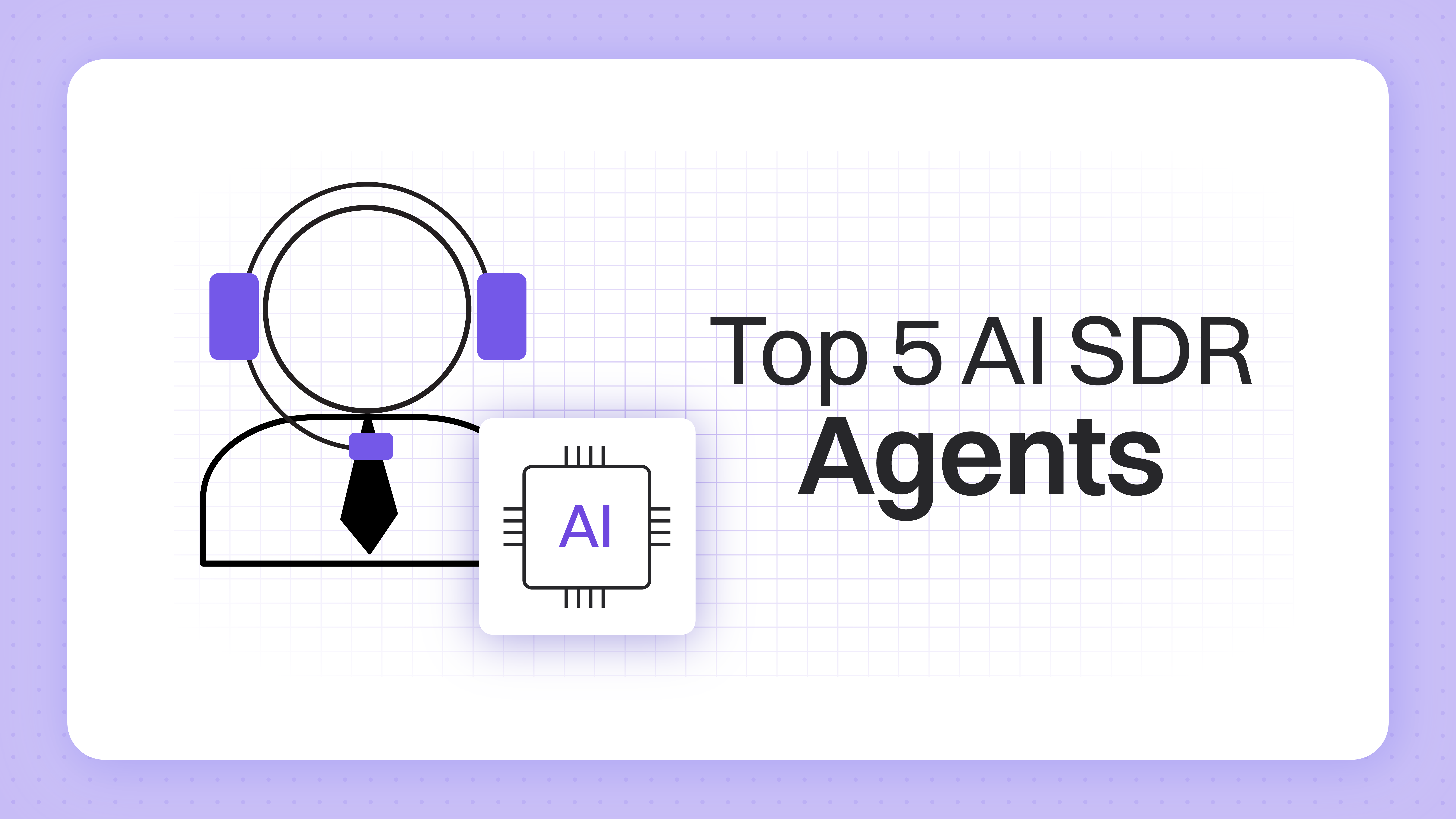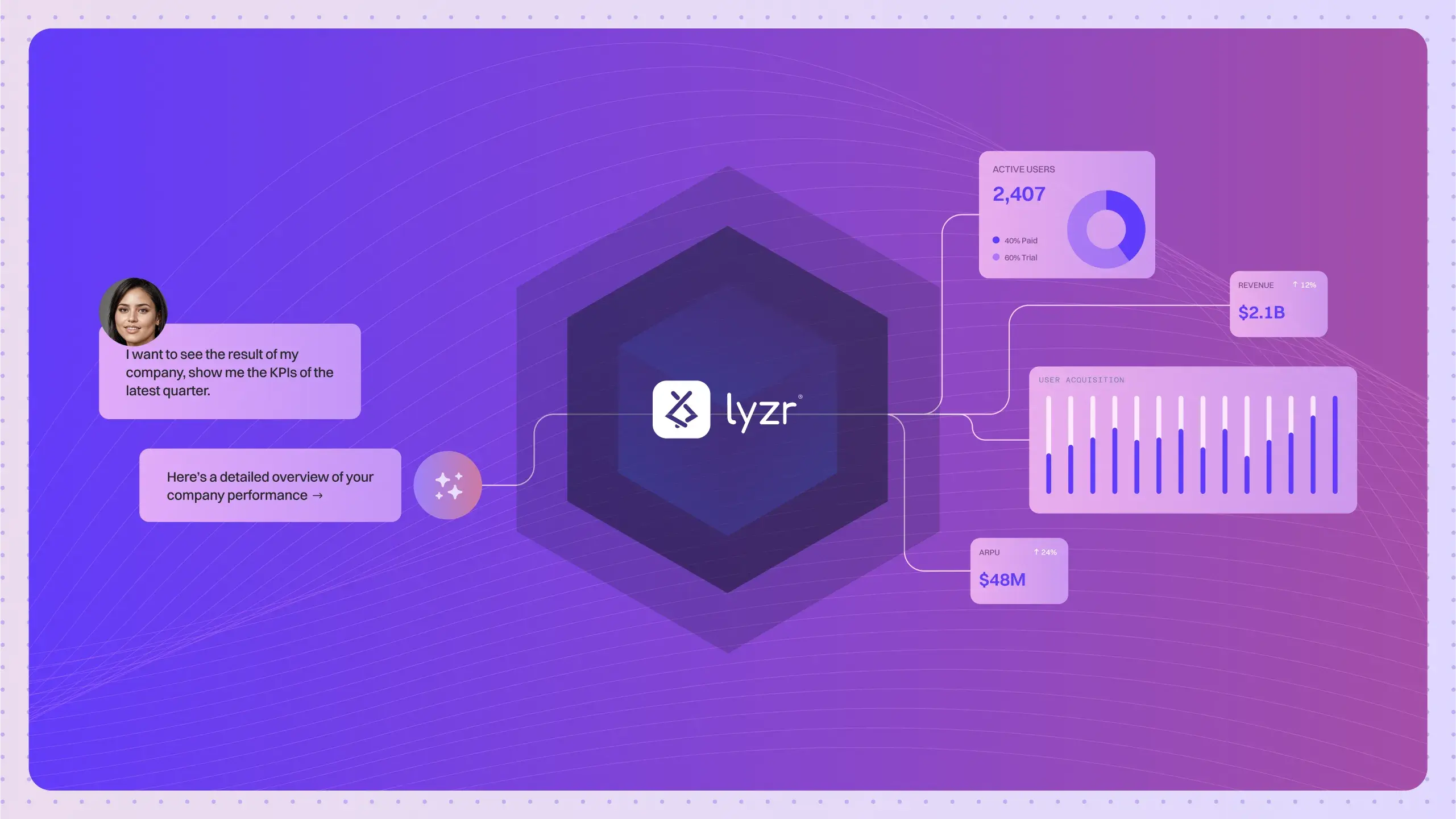Gen AI Benefits for Language Translation
Enterprises who trust us
Why Language Translation Industry Needs AI
Achieve Success with Gen AI in Language Translation
Leverage generative AI to improve the accuracy of translations, reducing errors and increasing client satisfaction.
Integrate AI to expedite the translation process, allowing for quicker project completions and handling higher volumes.
Use AI to provide translations that consider cultural context, ensuring the content resonates with the target audience.
Employ AI-driven analytics to track and measure translation quality, helping to maintain high standards and identify areas for improvement.

Discover How Lyzr Elevates Language Translation with Generative AI
GoML achieved a
73% increase in qualified
leads with AI SDR
- 73% increase in qualified leads
- 10x cost savings compared to traditional methods
- Significant boost in sales efficiency
- Streamlined sales process for better results
Download our top 100+ AI Use cases Template
Learn more about AI agents
What our customers have to say ?

Co-Founder & CEO, Taascom Inc

Founder, CEO, Sure People

Partner, Founder, VantagePoint,
Stay updated
with the latest in AI SDRs
and sales innovation
FAQs about AI SDRs
Generative AI can improve accuracy and speed in translations, assist educators with more precise content delivery, and help global businesses communicate more effectively across different languages.
The implementation timeline can vary, but typically, it can take a few weeks to a few months depending on the complexity and specific requirements of the project.
We implement robust data protection protocols and security features to ensure all translations and user data remain confidential and secure.
Our generative AI solutions are compatible with major platforms and systems, including CRM, CMS, and various communication tools.
Yes, you can choose between DIY options or our Done-for-You services to tailor AI solutions to fit your specific language translation requirements.
Generative AI can adapt translations based on user preferences and context, providing more personalized and relevant communication for various audiences.







